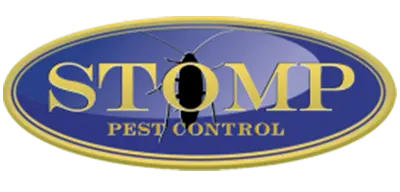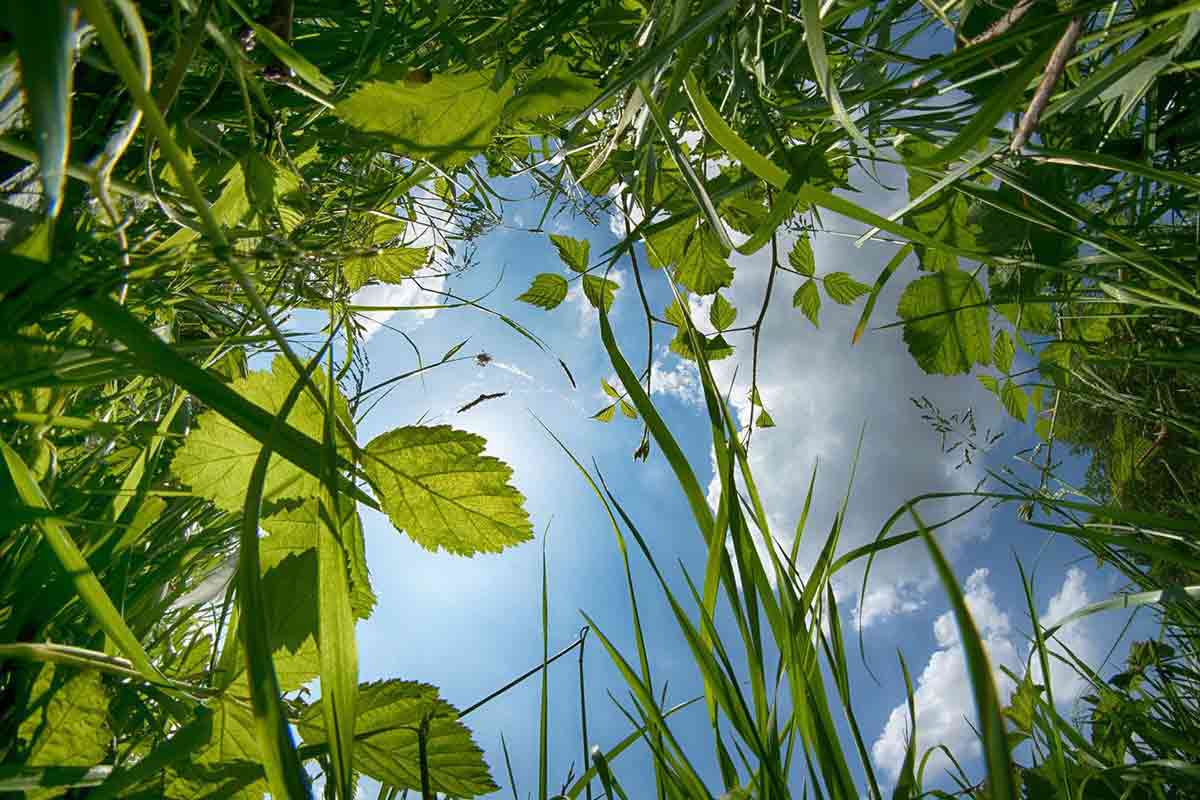Spring is wrapping up and summer is closer than ever! After experiencing a cold winter, we’re sure you’re excited for some warmer weather. Daylight will last longer, flowers will be blooming, and the neighborhood children will be playing outside. These are all things to be excited about, but as the weather continues to warm, the unwelcomed presence of termites may begin to increase.
Spring is known to be the time of year when termites are the most prevalent. Swarmers emerge to mate and create new colonies, which often includes residential properties. Termites are capable of eating away and causing damage to a home without the homeowner being aware of it until a substantial amount of damage is done. Termites have the ability to chew through different materials, like wood, flooring, and wallpaper. Because of this, they can compromise the structural stability of a home within a few years.
Top Termite Prevention Tips
Luckily, there are preventative measures homeowners can take to prevent termites from causing damage to their homes. Today we will cover the top 5 tips for protecting your home from termite infestation.
- Eliminate and Reduce Moisture in and Around your Home
Subterranean termites are the termites that cause the most damage in North America. These termites thrive on moisture, and they can be found living in areas of proven moisture. Couple that with a food source and moist soil, and you have the perfect setting for termite infestation.
When inspecting a property for subterranean termites or the potential for them, moisture meters are most commonly used. These meters provide a moisture reading of building materials, which help inspectors determine if the structure is at risk for termite infestation. If the moisture level in the building materials exceeds the normal moisture levels in the building materials, it is an ideal setting for subterranean termites.
- Water Exposure From Leaking Faucets, Pipes, and Exterior AC Units
Water damage can most definitely attract termites, and leaking faucets, pipes, and exterior AC units are the most common sources of water damage. Since termites are attracted to moisture, they love to live on water damaged wood. Termites thrive in cool, damp environments and wood that has been exposed to moisture is an excellent substitute.
If you encounter any floods in your home, be sure to dry off any damp wood that may have been exposed to the flooding. In addition, leaking faucets and pipes should be repaired immediately.
- Roofing Maintenance
When it comes to your roofing system, termites are one of your worst enemies. Termites feed on cellulose, which is found on the wood that helps the structure of your roof’s stability. Drywood termites are the termites you need to be worried about because they live deep in the wood they feed on and they are capable of tunneling through other parts of the roof.
When it comes to termite prevention within your roof, painting the wood within your roof is a great option because termites don’t penetrate painted wood. Next, removing anything that may lure drywood termites into your roof is another option. Last, staying on top of your roof and scheduling inspections once a year can help identify potential termite problems.
- Basement Maintenance
If you have a basement in your home, you may have the perfect environment for a termite infestation to start. There are two main things needed for a termite infestation to start; a humid environment because termites thrive on water and an access point for the termites to get into the humid environment.
The most effective way to reduce the chances of a termites infestation in your basement is by waterproofing it. If you’ve never heard of waterproofing before you may be shocked as to how effective it can be in reducing the chances of termite infestation in your home. One of the key benefits to waterproofing is preventing water from getting into your basement. This not only means taking care of leaks around low windows and major cracks, but smaller amounts of moisture that are present from cracks in the ground or porous building materials. Waterproofing provides a solution for preventing moisture from outside entering your home. This can help keep termites out of your basement and home, and it can reduce the chances of mold or mildew damage in your basement over time.
- Have your Home Inspected Regularly by a Termite Control Professional
The steps above will make your home less appealing to termites, but the best way to prevent termites is by having a trained professional inspect your home once a year and treat your home with a termiticide like termidor. Termidor is arguably known as America’s best termite defense product. It works best against Formosan subterranean termites, dampwood termites, and drywood termites. It is made from a non repellent or undetectable chemical technology, and it has repeatedly proven itself to be the most effective product at removing termites.
Contact Stomp Pest Control for a Termite Inspection
At Stomp Pest Control, we want you to live in a safe, healthy home free of worry about termite damage. This is why we provide comprehensive removal and preventative termite services. If you suspect you may have termites but aren’t sure what to look out for, be sure to check out our termite FAQs to learn more about termites. If you are in need of a termite inspection or removal services, please call us at (919) 231-3292 or use the contact form below.

